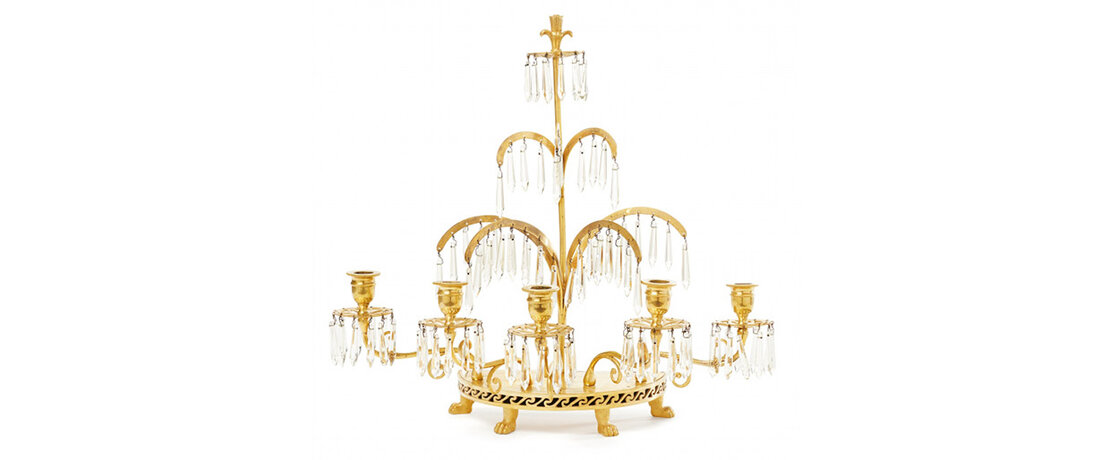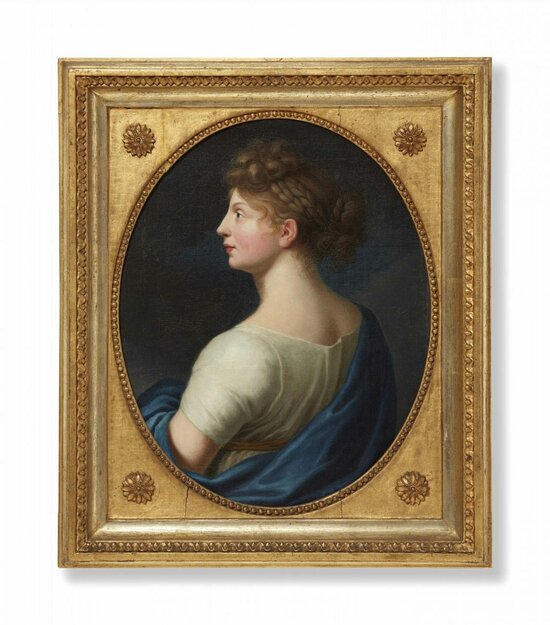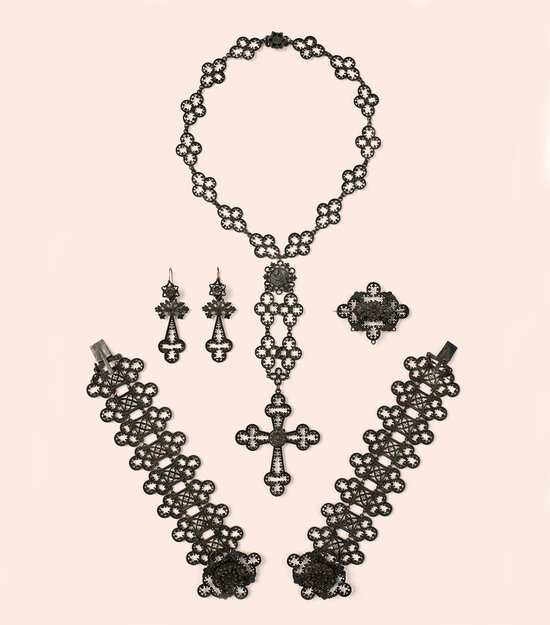Lempertz’ imperial auction
Lempertz Berlin held its Prussian Auction on 24 April for the fourth time in succession under this title. With a result of 1.1 million euro, the auction was a significant success with almost all lots sold above the estimate and a hammer rate by value of 100%, once again impressively demonstrating Lempertz’ position as the leading auction house for Prussia art and craftwork.
The qualitatively and quantitively magnificent offering under the team leadership of Alice Jay von Seldeneck with more than 560 objects from several important private collections attracted a great number of international bidders from Singapore to the USA to Charlottenburg – including a remarkable number of young collectors. Some 95% of the lots were hammered down to the telephone and internet, with a number of museums counted amongst the buyers – one Russian museum alone purchased over 15 lots via a private bidder.

In order to offer every client the opportunity to view the exhibition at their leisure and in compliance with the Corona regulations, Lempertz held the preview for two weeks longer than usual. This offer was taken up by many collectors with great interest. This long preview and the opulent and comprehensively designed catalogue proved particularly worthwhile in the light of the pandemic. Over 1000 visitors visited the preview online via the 3D tour and strolled through Lempertz’ rooms in Berlin-Mitte from afar.
The auction commenced with part two of the Porcelain Collection of Renate and Tono Dreßen – the first part of which Lempertz sold to great success last autumn – with the Prussian Court porcelain now auctioned. A decorative plate from the Japanese service featuring a hare opened the auction with a splendid result of 12,500 euro (lot 1, € 6/8,000), followed a little later by a hitherto unknown Russian military dish which jumped to € 10,600 (lot 68, € 6,000).
Two Berlin private collections offered further porcelains which Friedrich II had commissioned from KPM for the decoration of his palaces, such as the rare and enchanting blue coffee service which brought in € 13,000 (lot 137, €8/10,000). An important and magnificent Frederician toilet box worked by Christoph Conrad Meyer in around 1757-1770 changed hands for € 22,500 (lot 166, € 20/24,000).

Estimate: € 15,000 – 20,000. Result: € 20,000

Berlin, signed J. C. Geiss, first quarter 19th century, with original etui.
From the C. Lith Collection. Estimate: € 6,000 – 8,000. Result: € 17,500
A portrait of the venerated Queen Luise of Prussia by Johann Heinrich Schröder took centre stage amongst the classical period with a result of € 20,000 (lot 189, € 15,000), whilst an elegant gilt bronze table candelabra such as to be placed in front of a mirror, after a design by Karl Friedrich Schinkel sold to a collector in London for € 19,000 (lot 215, € 6/8,000).
The cast zinc sculpture of Ulysses attested as the only surviving contemporary work from the sculptural decoration of the former tea salon of Princess Elisabeth. A private bidder successfully acquired the sculpture for € 25,000 (lot 222, €18,000).
Lovers of the art of cast iron from all over the world were thrilled by the almost 200 lots from the C. Lith Collection. Alone 65 lots of the finest chased cast iron jewellery were offered for sale, an abundance and quality not seen on the market for decades. Bidders worldwide fought over the magical jewellery pieces – drawing several records. The highlight took the form of the Grande Parure in an etui by Johann Conrad Geiss which was pushed up by determined bidders to a result of €17,500 (lot 245, € 6/8,000).
The interest in furniture was also noticeable this time: an impressive, Schlesien baroque commode sold to a German private collector for € 35,000 (lot 123, € 15/20,000). The beautiful Menzel drawingstudy for the portrait of Lieutenant General Hans Karl von Winterfeldt passed into a German collection for € 17,500 (lot 529, €12,000), and a silver and partly gilt letter opener for (and from) Prince Otto von Bismack attracted much interest and was advanced to € 6,600 (lot 523, € 800-1,000).
